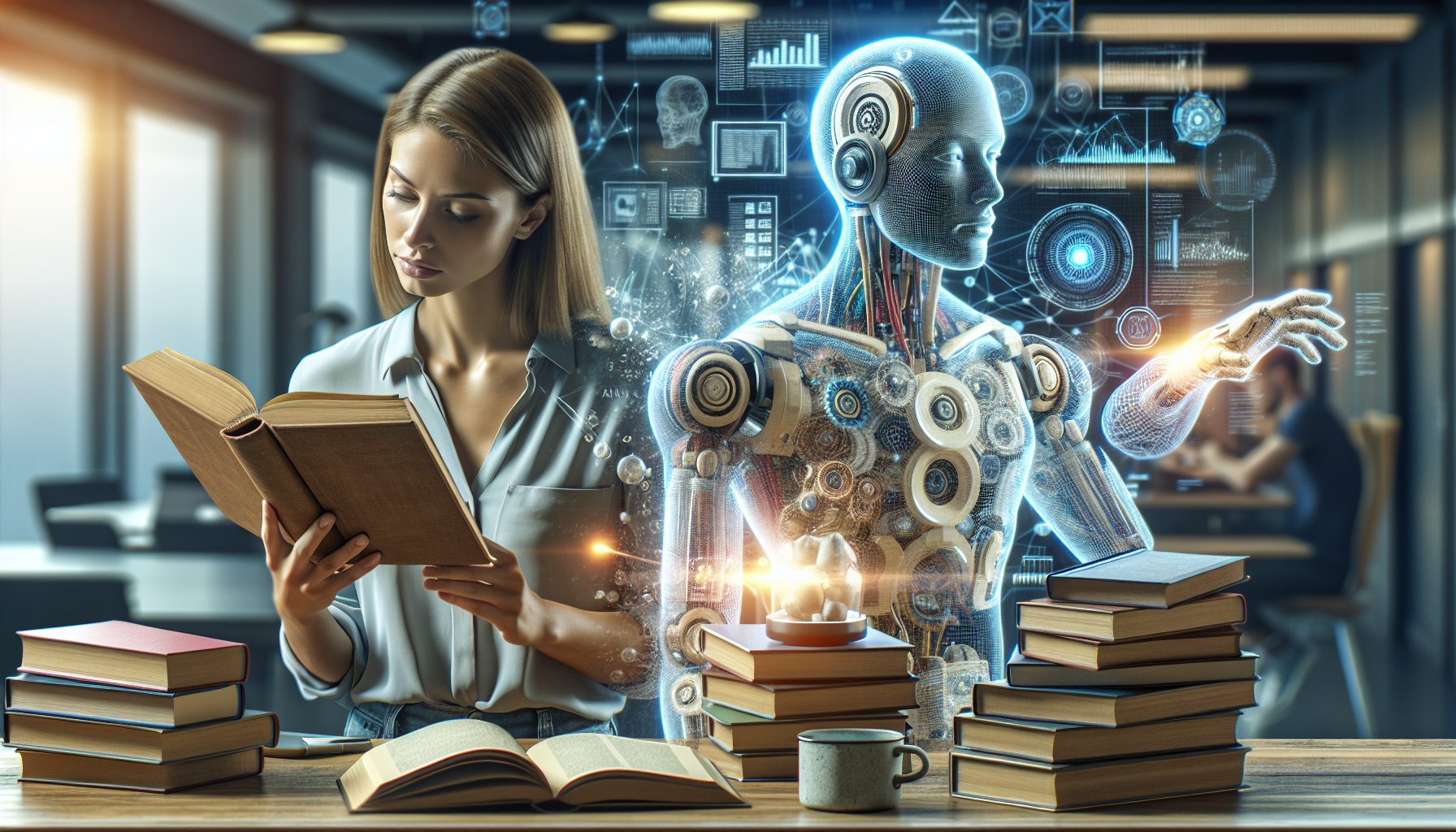
AI and Accessibility: A Historical Perspective on Technological Advancements for Disabilities
July 24, 2025
Artificial intelligence has long been heralded as a transformative force across numerous domains, but its role in enhancing accessibility for individuals with disabilities offers a particularly compelling narrative. Examining the historical trajectory of AI in this arena reveals a fascinating tapestry of innovation, collaboration, and societal impact.
Tracing the roots of AI's contribution to accessibility requires an appreciation for the foundational technologies that preceded it. Early developments in assistive devices, such as screen readers and text-to-speech software, laid the groundwork for more sophisticated AI-driven solutions. These initial tools were rudimentary by today's standards but represented significant breakthroughs for individuals with visual impairments. The introduction of natural language processing and machine learning algorithms enabled these tools to evolve, offering more accurate and context-sensitive assistance.
One of AI's most significant contributions to accessibility has been in the realm of communication. For individuals with speech and hearing impairments, AI-driven applications have opened new avenues for interaction. Speech recognition technology, once limited in scope and accuracy, has been refined through deep learning techniques. This has allowed for real-time transcription services that can convert spoken language into text with remarkable precision, facilitating smoother communication in both personal and professional settings.
AI's impact is also evident in the development of intelligent prosthetics. These devices, equipped with machine learning algorithms, can adapt to the unique physiological characteristics of their users, providing a personalized and responsive experience. The integration of AI into prosthetic limbs has empowered individuals with physical disabilities to regain a sense of autonomy and capability that was previously unattainable.
Vision technology has also experienced profound advancements due to AI. Computer vision, powered by convolutional neural networks, has been pivotal in creating applications that can describe the visual world to those with visual impairments. These applications can identify objects, read text, and even recognize faces, offering users a richer interaction with their surroundings. The historical progression from basic image recognition systems to sophisticated visual assistance tools underscores the rapid evolution of AI capabilities.
AI's role in enhancing cognitive accessibility is another critical area of exploration. For individuals with cognitive disabilities, AI-powered educational tools and platforms offer personalized learning experiences. These systems can adapt to the user's learning pace and style, providing tailored content that maximizes comprehension and retention. The ability to analyze vast datasets in real-time allows these tools to continuously refine their educational strategies, ensuring that users receive the most effective support.
The historical perspective on AI's role in accessibility would be incomplete without acknowledging the ethical considerations that have emerged alongside technological advancements. The development of AI solutions for disabilities has sparked important discussions about privacy, data security, and the potential for bias in algorithmic decision-making. As AI becomes more integrated into assistive technologies, ensuring equitable access and guarding against unintended consequences remain paramount.
The collaboration between technologists, disability advocates, and policymakers has been instrumental in shaping the trajectory of AI in accessibility. This synergy has driven innovation while ensuring that the voices of those directly impacted are central to the development process. Historical accounts of AI's application in accessibility reveal a pattern of iterative progress, where feedback from users has been critical in refining and enhancing technological solutions.
Looking forward, the potential for AI to further revolutionize accessibility is vast. The convergence of AI with other emerging technologies, such as augmented reality and the Internet of Things, presents exciting possibilities. Imagine a future where smart environments, powered by AI, automatically adjust to meet the needs of individuals with disabilities, offering unprecedented levels of independence and convenience.
As we reflect on the historical journey of AI in enhancing accessibility, we are reminded of the profound impact that technology can have on human lives. The narrative of AI and disability is not merely one of technological advancement but of empowerment, inclusion, and a reimagining of societal norms. How might future generations look back on today's innovations, and what new frontiers could AI help us explore in the quest for accessibility and equality?


